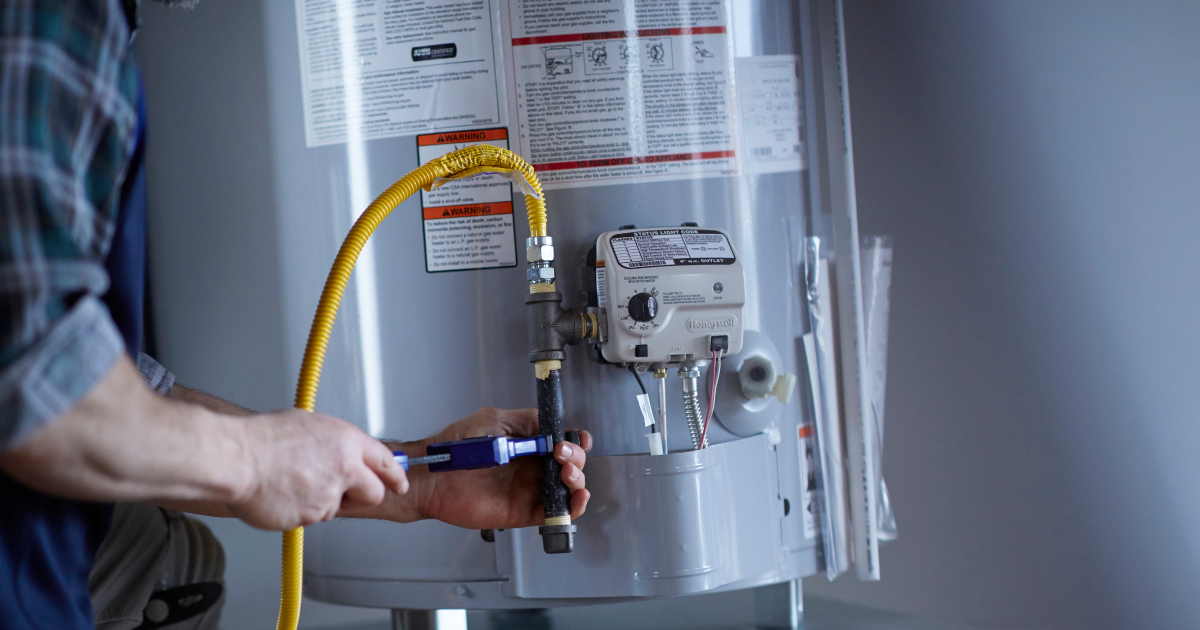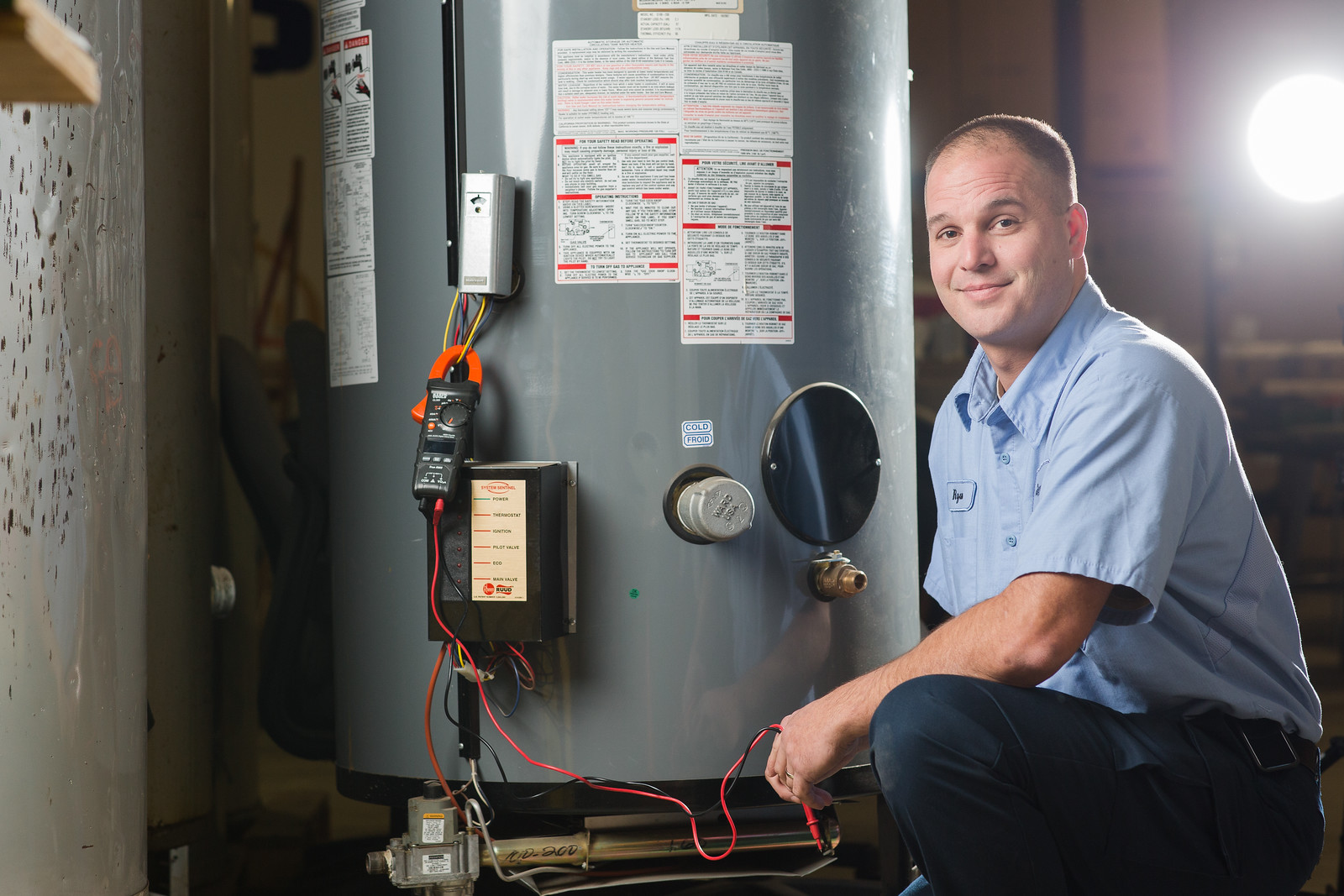Steps to Successfully Care for Your Home's Hot Water System
Steps to Successfully Care for Your Home's Hot Water System
Blog Article
They are making a number of great pointers about Water Heater Maintenance Tips You Can't Afford to Forget in general in the article following next.

Hot water is essential for daily convenience, whether it's for a refreshing shower or washing recipes. To ensure your warm water system runs efficiently and lasts longer, normal maintenance is vital. This article supplies sensible suggestions and understandings on how to preserve your home's warm water system to avoid disturbances and costly repair services.
Intro
Maintaining your home's warm water system could seem challenging, however with a couple of easy actions, you can guarantee it operates smoothly for several years ahead. This overview covers every little thing from recognizing your warm water system to DIY upkeep tips and recognizing when to call expert help.
Relevance of Keeping Your Warm Water System
Normal upkeep not just expands the life-span of your hot water system but additionally guarantees it runs efficiently. Neglecting maintenance can result in lowered effectiveness, greater energy expenses, and even early failing of the system.
Indications Your Hot Water System Needs Maintenance
Knowing when your warm water system needs interest can prevent significant problems. Watch out for signs such as irregular water temperature level, weird sounds from the heating unit, or rusty water.
Purging the Hot Water Heater
Flushing your hot water heater eliminates sediment build-up, boosting efficiency and extending its life.
Checking and Replacing Anode Rods
Anode poles protect against corrosion inside the container. Checking and replacing them when worn is vital.
Complex Issues Needing Expert Help
Examples include significant leakages, electric troubles, or if your water heater is regularly underperforming.
Regular Professional Maintenance Benefits
Specialist upkeep can consist of thorough inspections, tune-ups, and guaranteeing compliance with safety and security criteria.
Examining and Changing Temperature Setups
Readjusting the temperature level settings guarantees optimal efficiency and safety.
Do It Yourself Tips for Maintenance
You can execute a number of maintenance jobs yourself to maintain your hot water system in leading problem.
Checking for Leakages
On a regular basis examine pipelines and links for leaks, as these can cause water damages and higher costs.
Recognizing Your Warm Water System
Before diving right into maintenance tasks, it's helpful to comprehend the basic components of your hot water system. Typically, this consists of the hot water heater itself, pipelines, anode poles, and temperature level controls.
Month-to-month Upkeep Tasks
Regular month-to-month checks can help capture minor issues prior to they rise.
Examining Stress Relief Valves
Evaluating the pressure safety valve ensures it functions correctly and protects against too much stress accumulation.
Protecting Pipelines
Shielding warm water pipes decreases warm loss and can conserve power.
When to Call an Expert
While do it yourself upkeep is valuable, some problems need professional proficiency.
Verdict
Normal upkeep of your home's warm water system is crucial for effectiveness, longevity, and cost financial savings. By complying with these suggestions and recognizing when to seek specialist assistance, you can ensure a reliable supply of hot water without unexpected disturbances.
Water Heater Maintenance Tips
Test the TPR Valve
Shut off the power and the cold-water supply valve. Place a bucket under the pipe connected to the temperature-pressure-release (TPR) valve on the top or side of the tank. (This valve opens if the tank pressure gets too high.) Lift the valve’s tab to let some water out, then let go. If water keeps flowing, drain the tank partway, unscrew the old valve with a pipe wrench, and install a new one. Check the Anode Rod
Put a hose to the tank’s drain cock and let out a few gallons of water. Now fit a 1 1/16-inch socket onto the rod’s hex head on top of the heater (or under its top plate) and unscrew the rod. If it’s less than ½ inch thick or coated with calcium, buy a new one, wrap its threads with Teflon tape, put it back in the tank, and tighten securely. Use this segmented rod if headroom above the tank is limited. Drain the Tank and Wash Out Sediment
Drain the remaining water in the tank into the bucket, then stir up the sediment on the tank’s bottom by briefly opening the cold-water supply valve. Drain and repeat until clean water comes out of the hose. Close the drain cock, refill the tank, and turn its power back on. Adjust the Temperature
Find the temperature dial on the side of the tank and unscrew its cover. Adjust the dial to 120 degrees using a flathead screwdriver. For every 10 degrees the temperature is lowered, you can expect to save up to 5 percent in energy costs. Turn the water heater off or the thermostat down to its lowest setting if you plan to be away from home for more than three days. Insulate the Pipes
Buy some self-sticking 3/8-inch-thick foam pipe insulation that matches the pipes’ diameter. Slide the foam over the hot-and cold-water pipes as far as you can reach. Insulating the cold-water pipe prevents condensation in summer. Peel the tape and squeeze the insulation closed. If the pipe is 6 inches or less from the flue, cover it with 1-inch-thick unfaced fiberglass pipe wrap. https://www.thisoldhouse.com/plumbing/21016402/how-to-maintain-a-water-heater

I came across that content about Tips on Maintaining a Water Heater while doing a search on the internet. Sharing is good. Helping people is fun. I thank you for reading our article about How to Maintain a Hot Water Heater in a Few Simple Steps.
Contact Us Now Report this page